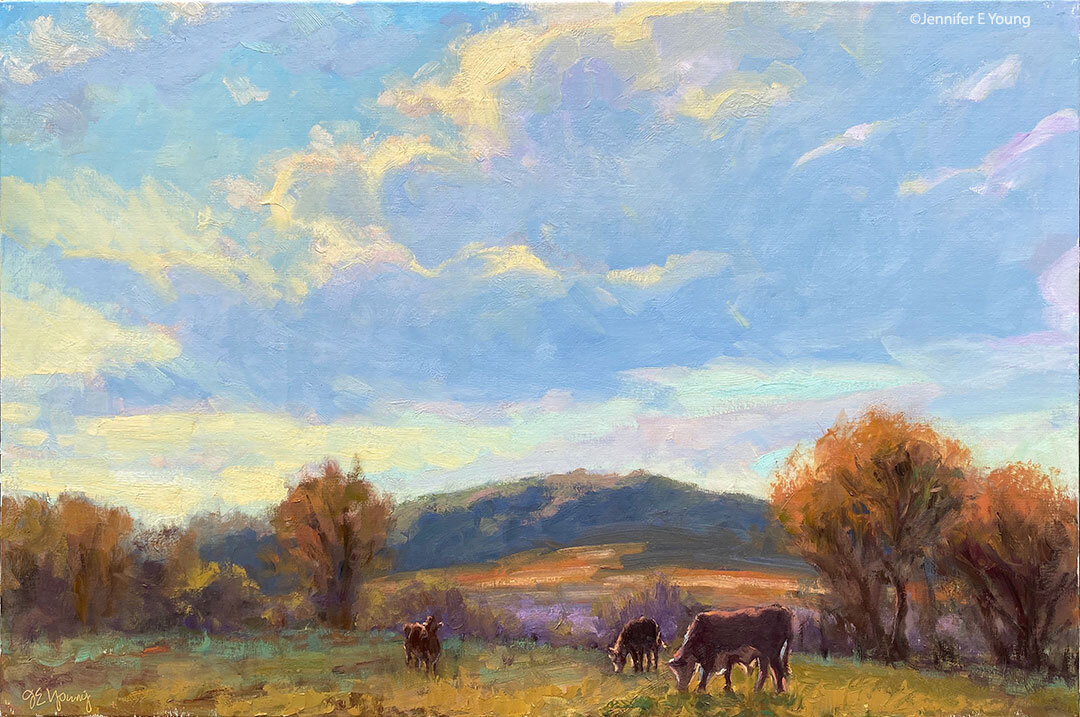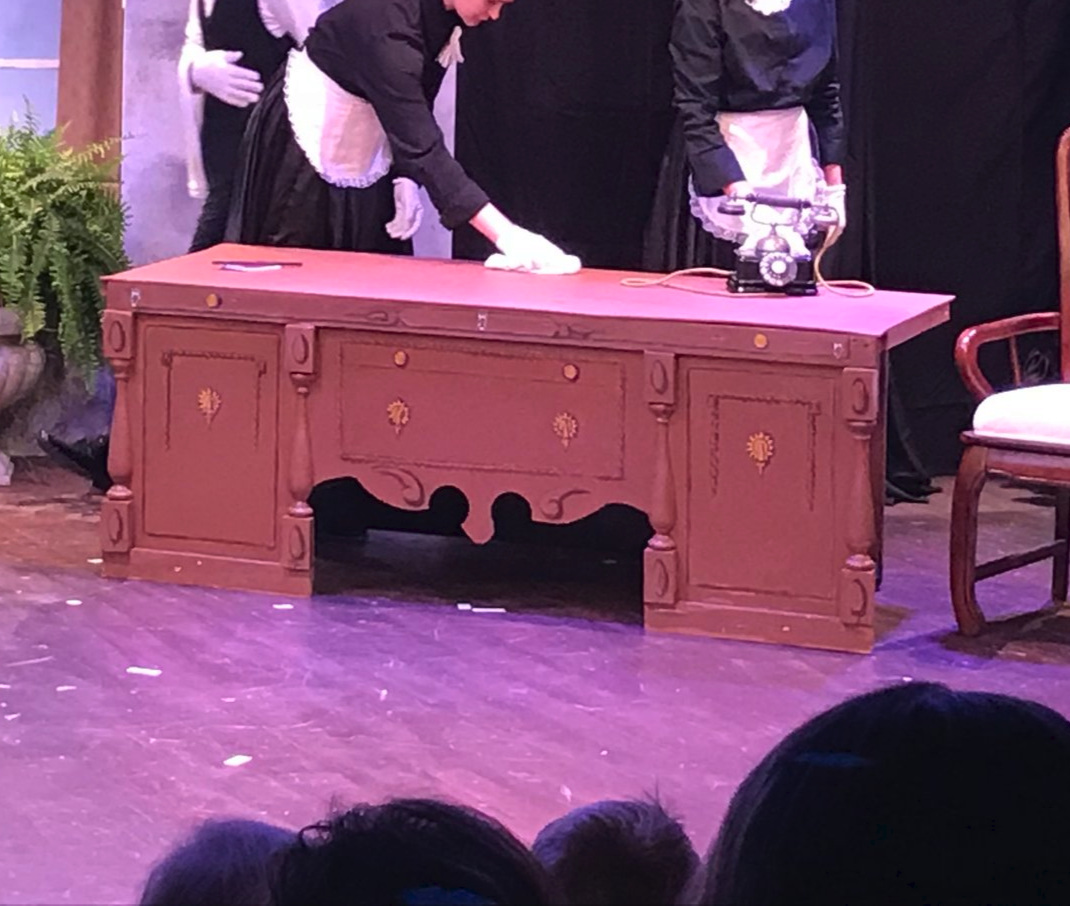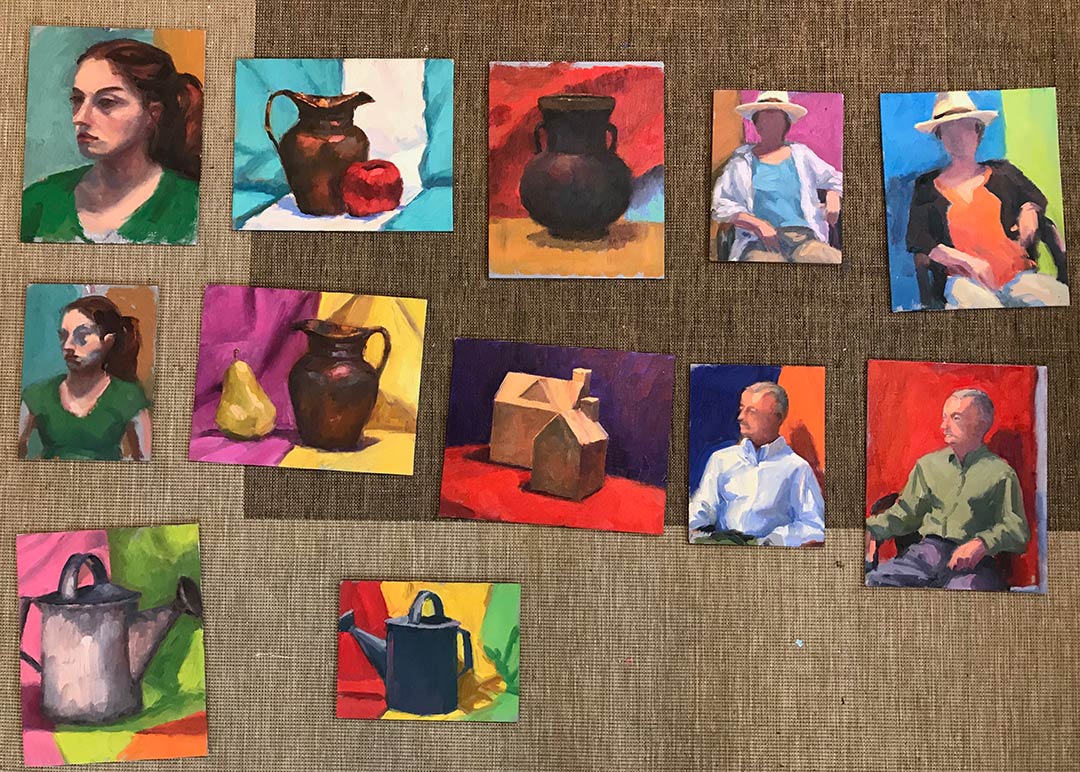Soltek- the ultimate plein air easel?
/This is part 3 in a series of posts I'm writing about my quests for easels, plein air or otherwise. You can read the saga from the beginning or jump to another section here:Part I: On the quest for the perfect easel Part II: Guerilla Painters' Pochade Box Part IV: A pochade box for travel
Easel #3: The Soltek. All hail and bow down to the mother of all plein air easels! Okay, my Soltek has had its problems, but I still love this easel. The Soltek is a portable easel that seems to be in a class by itself. The easel is both "space age" in technical design, and extremely flexible in its configuration:

The telescoping legs fold into themselves the same way they do in a camera tripod. But unlike the pochade box/tripod combo, the Soltek is all self contained, making setup lightning fast. The legs and the overall design also make this easel extremely resistant in the wind, which is probably one of the most difficult weather conditions of all for the plein air painter.
Other features I really love about the Soltek:
- The two wings fold out on either side of the palette to allow for additional space to set brushes, paint thinner, etc. This is an especially important feature (as artists always "need" more space) and one that isn't usually acheived on the other paint boxes I've seen without purchasing separate attachments and adding more weight to the setup.
- The design of the upper and lower canvas holders cover the canvas edges only minimally and flip out indidually so that you can easily cover the edges of your painting without interrupting flow.
- Versatility--it can be configured in many different ways, at many different angles. The easel will support a canvas up to 30" high-- a real plus for those who like to paint large outdoors. With this versatility, it can also function as a smaler studio easel or even a table easel if you want.
- Weight--even though you have a lot more work space, the whole configuration is sleek and weighs just 9 lbs.
Like the French easel models and the bulkier pochade boxes, this easel has space underneath the plastic palette to store brushes and paint tubes, etc (but not the standard brush cleaner containers). It has a carrying strap attached to the easel, but I still find it necessary to have a backpack or bag for additional supplies and for hiking or carrying longer distances.
While this model is thinner and sleeker than the pochade box I blogged about earlier, it is about as long and nearly as wide as a full French easel (though not nearly as deep), and I have found it difficult to locate a good backpack that will accomodate this easel while still meeting the new airline carry-on restrictions. Soltek does sell its own backpack just for this easel. It works, and you can carry it on the plane, though it could stand to be a bit better designed, with additional padding for hiking, and some better thought-out storage compartments.
But for all of Soltek's largely wonderful features, I would never recommend that a beginning plein air painter invest in such a product, for the simple reason that it is far too expensive for a casual user. Even for the die-hard, I am hesitant to recommend it without reservation. Not only is it expensive, it's also like a high-tech car with a lot of fancy gizmos. It takes greater care to maintain, and by methods that can sometimes be more costly and inconvenient than going to the hardware store for a wingnut.
It is advised that you keep the easel clean and free of paint, particularly in the areas of the joints and legs. For someone who gets paint in her hair every time she paints on location, this is a real challenge. And while the telescoping legs are wonderful, they also seem to give people the most problems. Mine tended to either slip (and not remain extended) or stick (unable to easily close) after only about a year or so of moderate use. The Soltek support people suggested that this sometimes occurs when painters take the easel out onto the beach, where grains of sand get up into the legs. Only I had never taken mine to the beach or anywhere near sand.
The other issue I had was that the plastic hinges that allow the winged flaps to fold outward and remain open broke on me, also after only about a year or so. Soltek support says they now have better hinges and they did offer a couple of options. 1.) They could send me replacement hinges or 2.) I could pay $50 plus shipping to get a Soltek "tuneup" which would address both issues I was having.
Yes, you guessed it. I forked over the $50. Due to my already considerable investment, I justified the expense since I had at least a couple of rather critical things in need of repair. It was back within a couple of weeks, and has since been working fine. But for the price of this easel (which costs as much or more than some larger studio easels), I still feel these issues are not what I would have expected after 1-2 years of moderate use.
In any event, I still love it, and when working properly, it is by far the easiest in terms of setup and versatility of all the portable easels I've experienced. I will continue to use it as long as I can reasonably maintain it. So why would I ever need another plein air easel? Well, besides the need for a backup in case of another Soltek break down, I probably don't. But that didn't stop me from one more purchase. (Remember, this was before I admitted I had a problem.) I'll cover that in the next installment.










